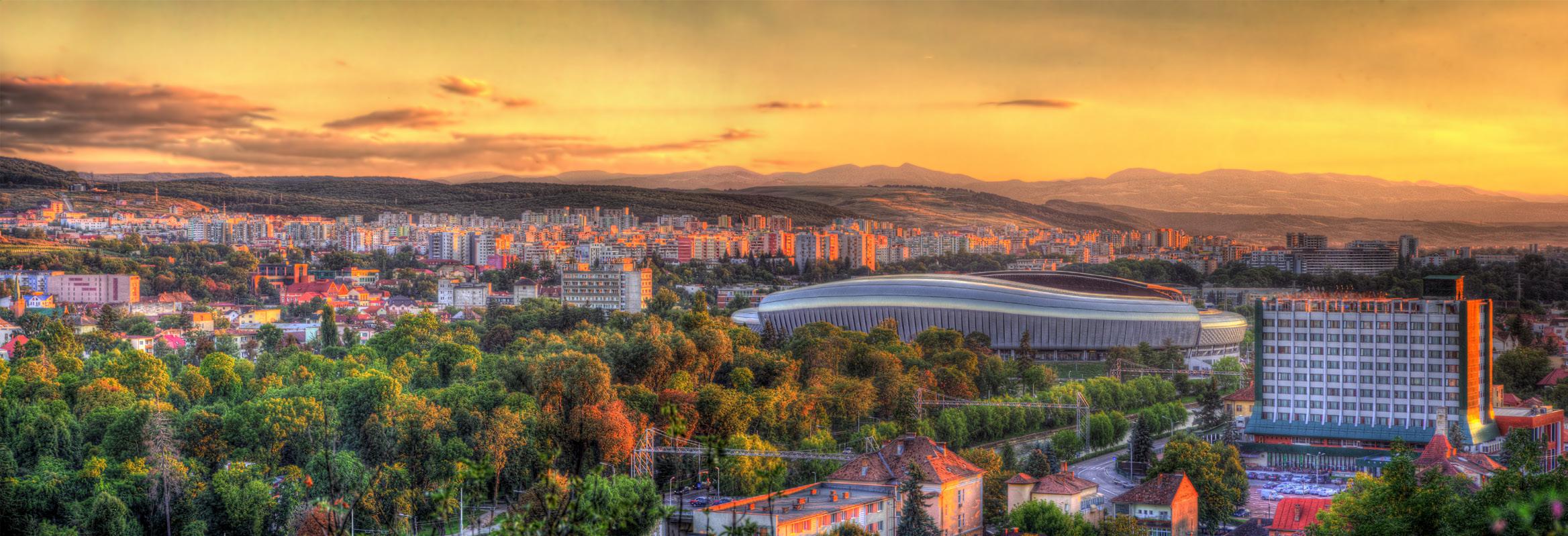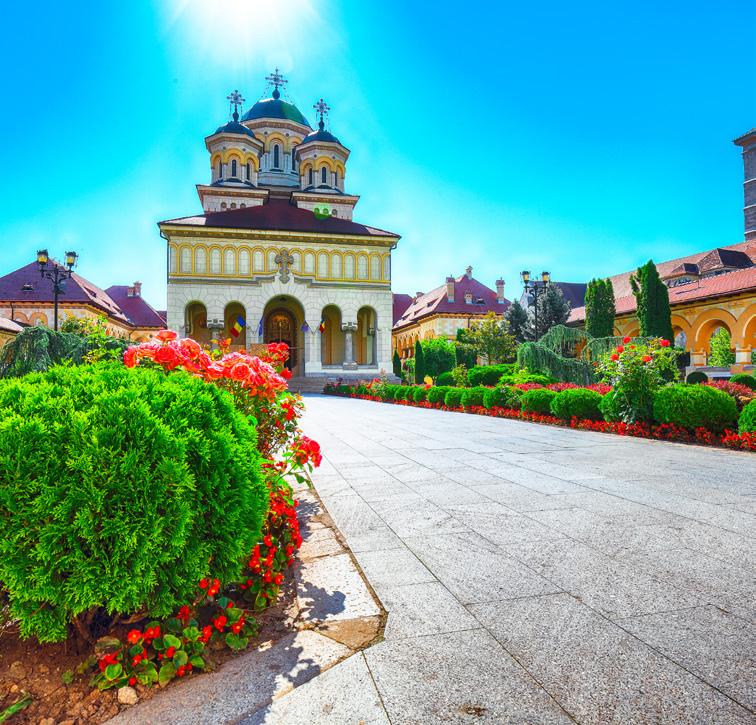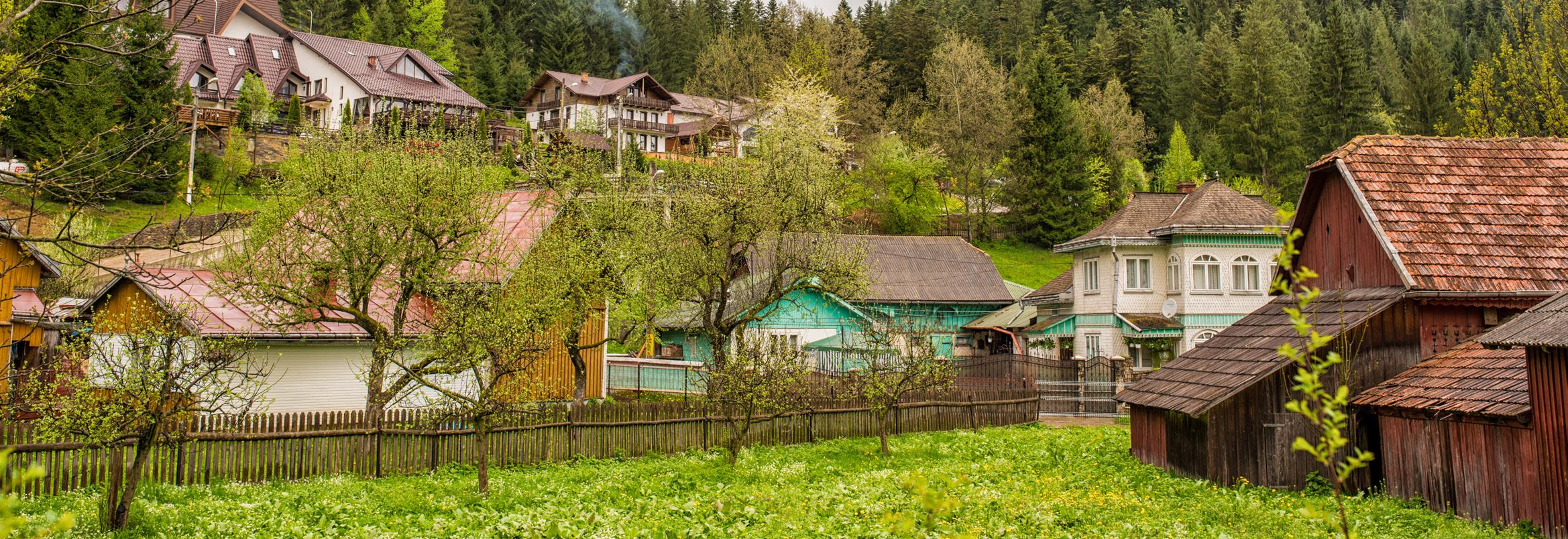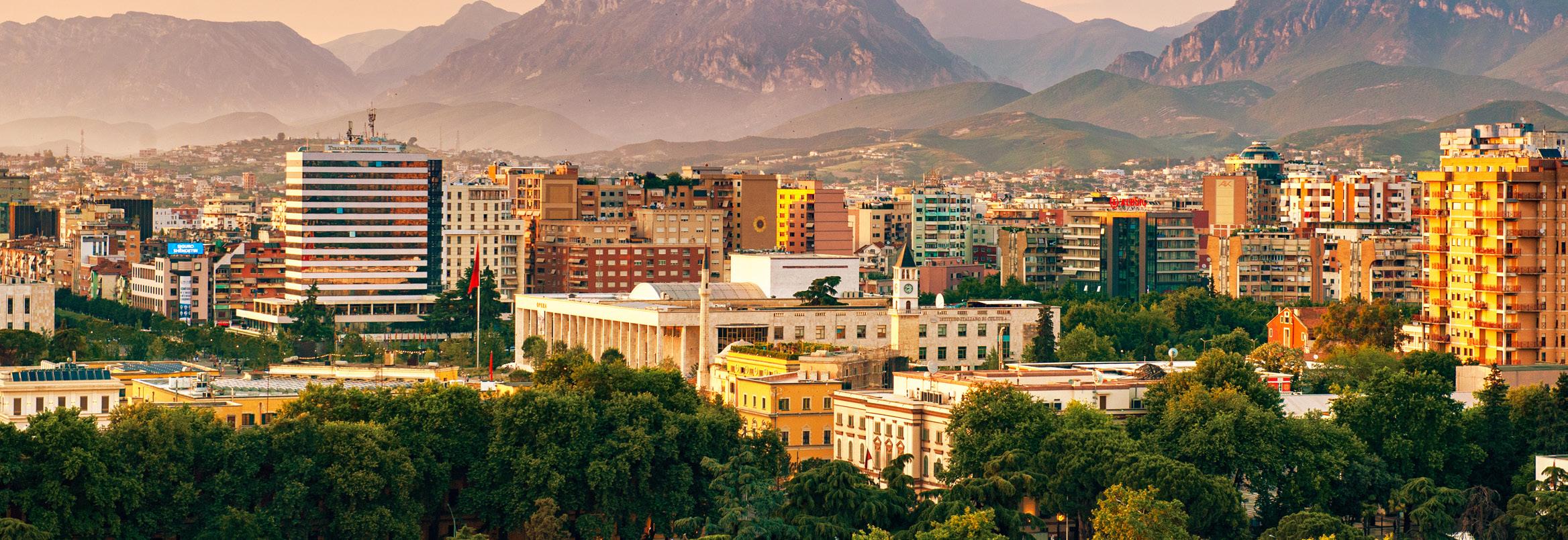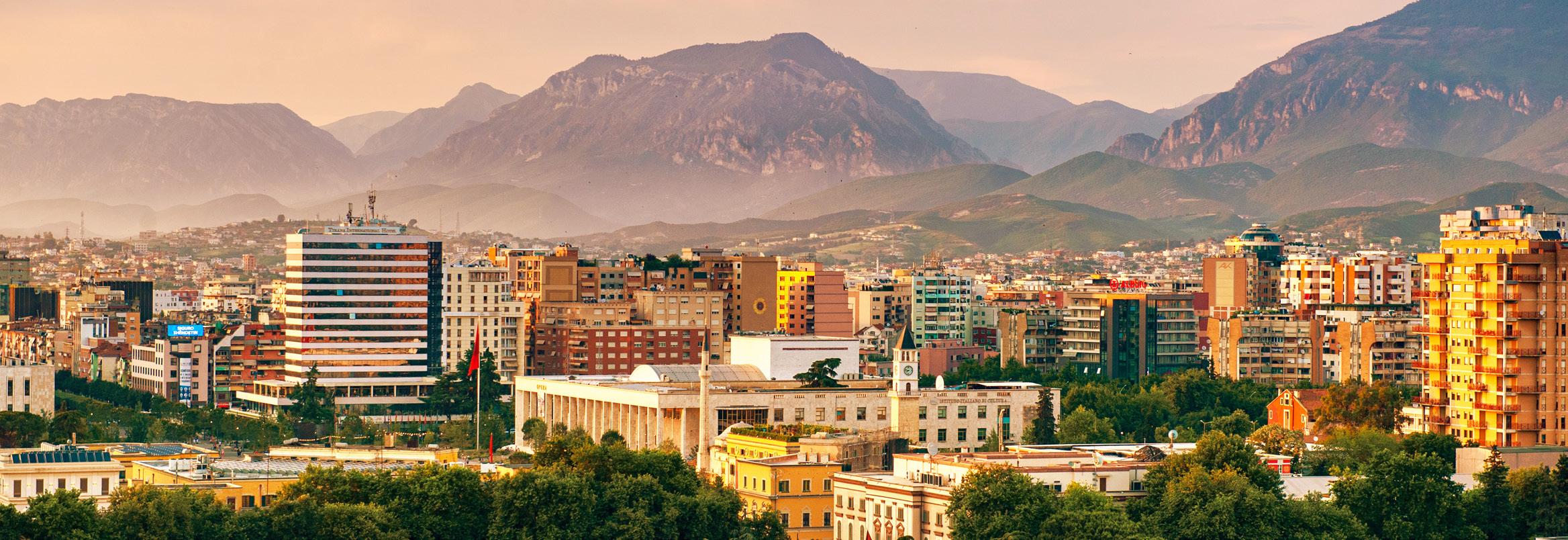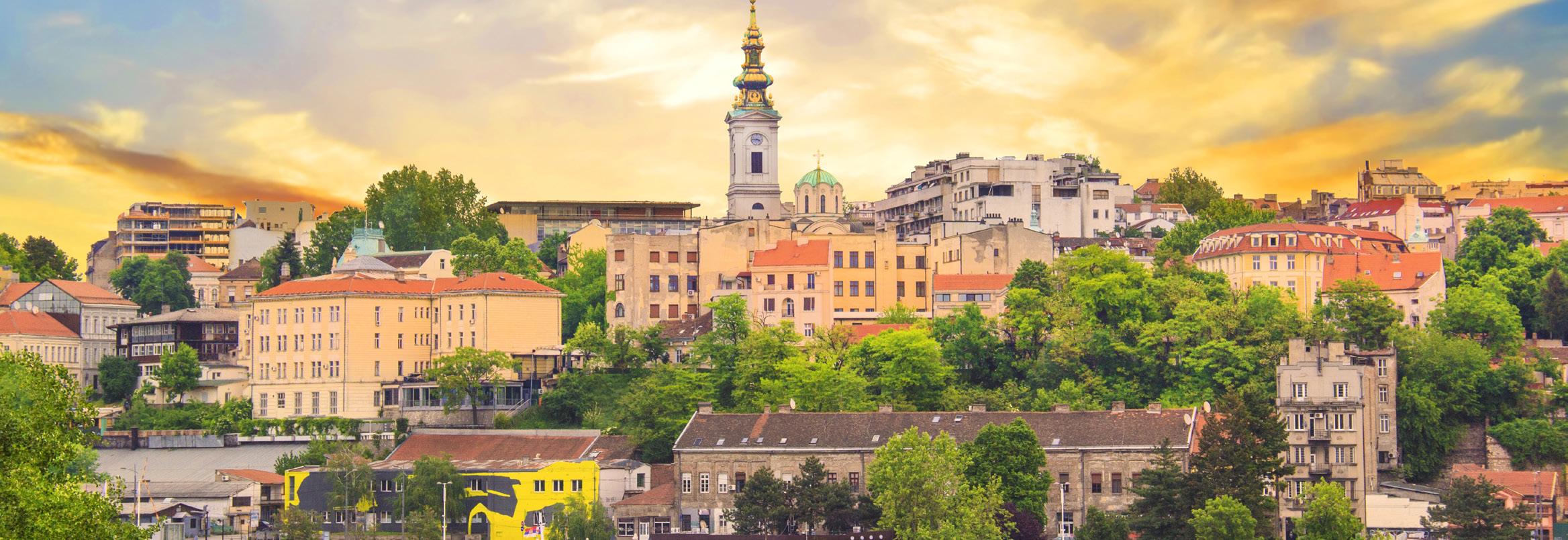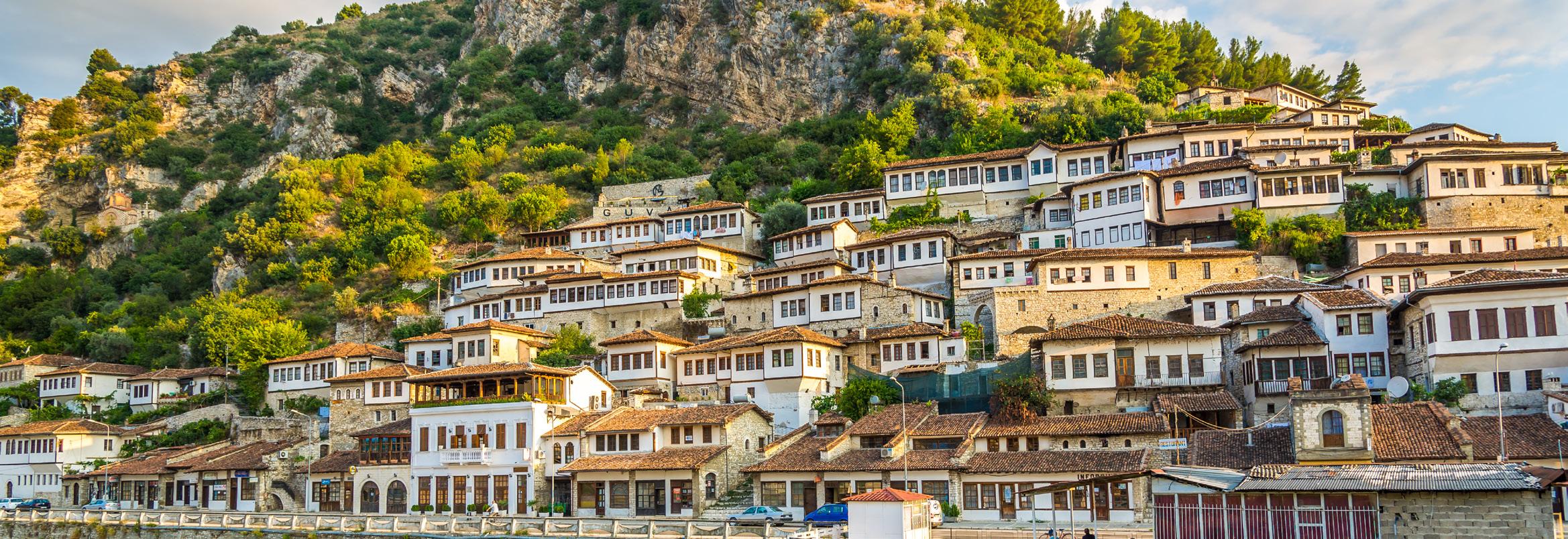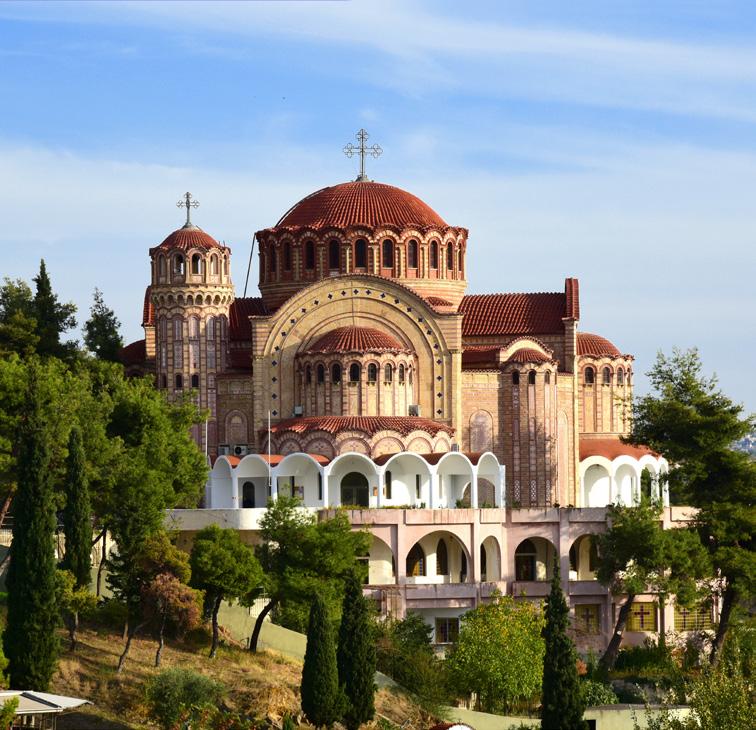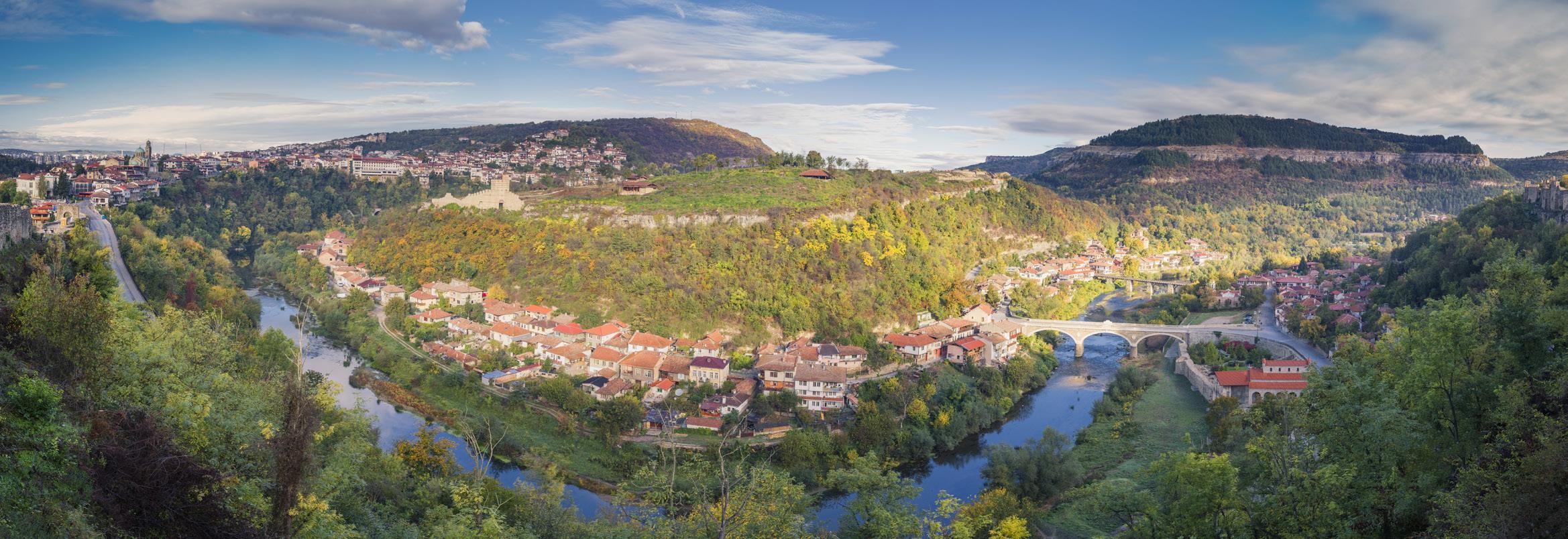
8 minute read
From Budapest to Bulgaria
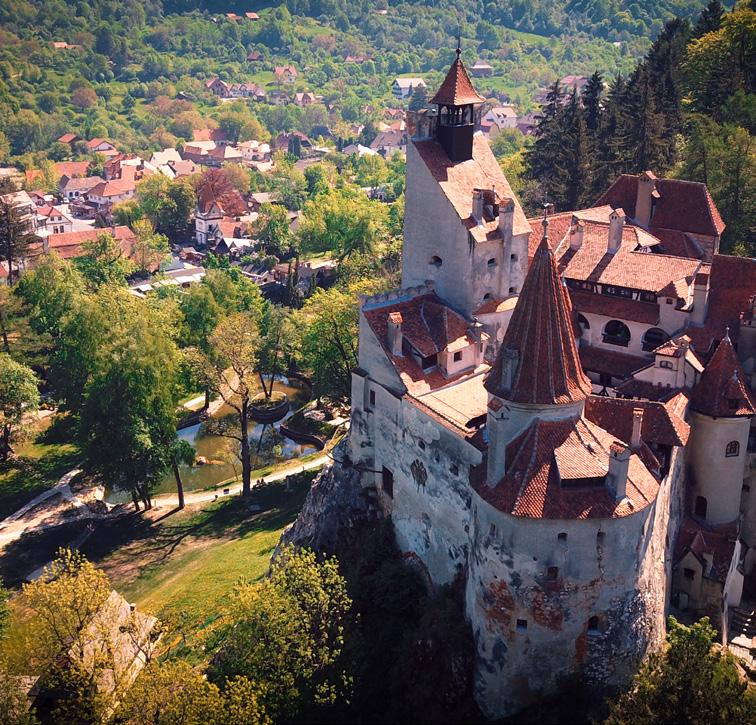
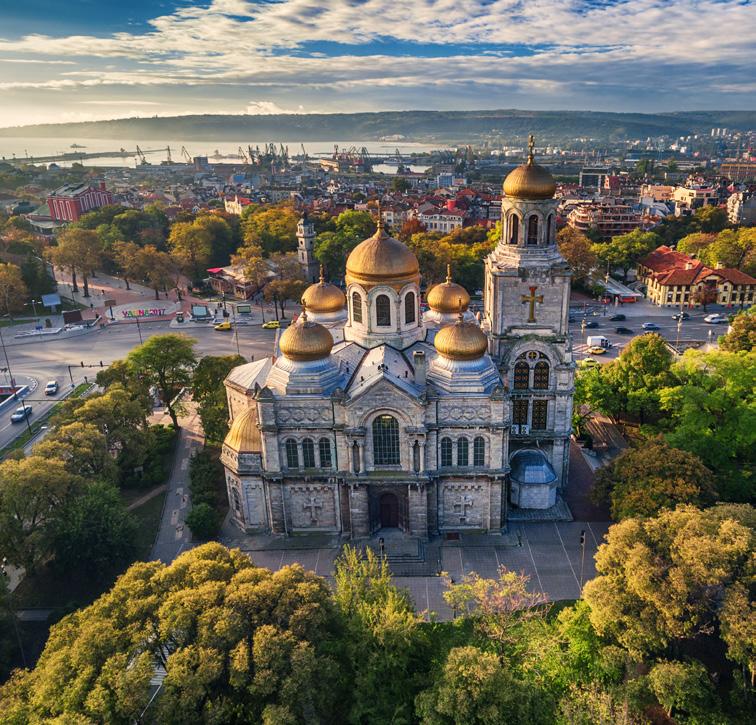
Advertisement
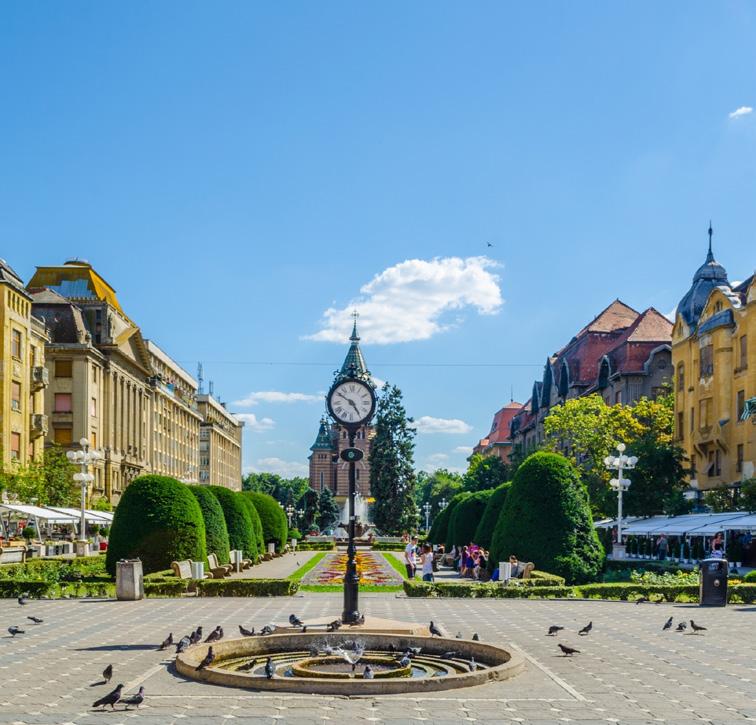
Day 1. Homeland - Budapest Welcome to Hungary. Since the collapse of communism, Budapest has experienced something of a renaissance. The grand architecture and boulevards evoke a time gone by, while glamorous stores and restaurants make this one of the truly great cities of Europe. After the welcome meeting at 6 pm, you might like to head out to explore the city by night. Perhaps visit the Jewish Quarter for dinner and explore the many options for a nightcap.
Day 2. Budapest Today enjoy the day to explore Budapest. You will pass on the Chain Bridge, to the St. Stephen’s Basilica and the Hungarian Parliament. During the walk to the Fisherman’s Bastion you will discover the St. Matthias Church, the Royal Palace, Mary Magdalene Tower, Vienna Gate.
Day 3. Budapest - Eger Take a two-hour train east to Eger today. Visit the wine cellars of the seductively-named Valley of the Beautiful Women with the group to sample some of the town’s famous ‘Bull’s Blood’ red wine. Here you can explore the Gothic Palace. You may also like to check out the town’s 19th-century cathedral, the northernmost medieval minaret in Europe for views of the city, or the Minorite church in Dobo Square.
Day 4. Eger - Debrecen - Baia Mare Travel by bus to the pleasant town of Debrecen today. While here, you’ll have time to explore Deri Square with its fountains, colourful buildings, museums, and golden Great Church. Continue on into the Maramures region of Romania. Maramures is also a place that can feel like stepping back in time. Upon arrival, settle into your room at the hotel.
Day 5. Baia Mare - Sapanta - Sighisoara - Sighetu Marmatiei - Baia Mare Today you’ll discover more about the region of Maramures and how it seems frozen in time. Maramures is particularly famed for its wooden churches, many of which are World Heritage-listed. You’ll visit the unique Merry Cemetery in Sapanta, where the life stories of the deceased are displayed on colourful wooden crosses. You’ll also see the village museum in Sighetu, an assembly of beautiful local wooden architecture, along with stopping by various other traditional villages.
Day 6. Baia Mare - Sighisoara Today is a long day of travel through pastoral fields and untouched Saxon towns to Sighisoara in Transylvania. Medieval Sighisoara another World Heritage site. Take a walk around the old town, which coils up a narrow hill and is surrounded on all sides by fortified walls, and explore the 64 metrehigh clock tower that dominates the citadel. Day 7. Sighisoara - Viscri While your next stop is the small Transylvanian village of Viscri. You’ll visit the town’s fortified church.
Day 8. Viscri - Rasnov - Bran - Brasov Today continue to the 13th-century Saxon city of Brasov. It’s worth visiting the town’s main attraction, the gothic Black Church. Stroll along pedestrianized Strada Republicii. Explore the nearby Rasnov Fortress. The fortification is perched on a rocky hilltop above the town of Rasnov. Head to Bran Castle, said to be the inspiration for the home of Bram Stoker’s Dracula
Day 9. Brasov - Bucharest Head south to Bucharest today. The city is increasingly known for its cosmopolitan vibe and energy, and while not the most beautiful or stylish city, there are some wonderful art nouveau buildings, ancient churches and monasteries, lush parkland, lakes and elegant boulevards. Romania’s interesting capital also likes big things. It’s home to one of Europe’s biggest squares, and its Palace of Parliament is the second largest building in the world - former dictator Nicolae Ceauşescu ordered the construction of the 12-storied Palace of Parliament, a building of staggering scale and opulence that includes 1,100 rooms and 4,500 chandeliers. You’ll take a guided walking tour around the city to help you get your bearings, then in free time you can choose to further explore some of the sights pointed out. You can check out the Museum of the Romanian Peasant. Another great way to see the city is by bicycle, perhaps exploring some of the city’s neighbourhoods for a glimpse into the daily lives of Bucharest’s residents. Maybe seek out some traditional home-cooked Romanian food with your fellow travellers tonight.
Day 10 Bucharest Today is a free day to explore Bucharest. Perhaps visit the grand concert hall of the Romanian Athenaeum, or take a walk around the city’s National Museum of Art or the Museum of the Romanian Peasant. Alternatively, why not indulge your inner foodie on a Home Cooked Bucharest Urban Adventure tour. Another great way to see the city is by bicycle, perhaps exploring some of the city’s neighbourhoods for a glimpse into the daily lives of Bucharest’s residents.
Day 11. Bucharest - Veliko Tarnovo Travel into Bulgaria and on to the picturesque town of Veliko Tarnovo. Veliko Tarnovo’s history is incredible. Because of its importance during the second Bulgarian empire, the city was chosen as the place where the Bulgarian constitution was
written in 1879 and where the official proclamation of Bulgaria as an independent state was made in 1908.
Day 12. Veliko Tarnovo This morning join your leader for a visit to Veliko Tarnovo’s imposing Tsarevets Fortress which overlooks the city. This once-magnificent fortress was first built in the 7th century and the ruined citadel is a delight to wander through. The rest of the day is free for you to explore the City of Tsars. Wander through the Old Quarter with its preserved Renaissance houses and handicraft workshops before relaxing in one of the town’s cafes or ‘vinarnas’.
Day 13. Veliko Tarnovo - Plovdiv Travel by public bus from Veliko Tarnovo to Plovdiv (approximately 6.5 hours). Situated on the Maritsa River, Plovdiv was once the meeting point of two ancient transportation routes. Join a local guide for a tour of the main sights and some insight into the town’s history. The most remarkable sight is the ancient Roman theatre, accidentally ‘discovered’ after a landslide exposed the site in the early 1970s. Built in the 2nd century BC during the reign of Trajanus, the theatre seats about 6,000 people and is now back in use. From here, wander up to the site of the former hilltop fortress of Nebet Tepe, where you can enjoy excellent views of the city. Head back down to visit the 15th-century Dzhumaya Mosque, still in use today. Later today make sure you indulge in the local cuisine, famed for its grilled meats and vegetables on skewers.
Day 14. Plovdiv Today is a free day, so why not embark on an aimless wander through Plovdiv’s narrow alleyways to see traditional coppersmiths, farriers and potters at work, or browse through the myriads of antique shops lining the streets. Alternatively head out of town and check out the underground crypt at Bachkovo Monastery or discover one of the many hot springs in the Plovdiv region. One of the most well-known spa towns is Hisarya, famous for its 22 mineral springs. Your leader will be on hand to help you organise transportation to get there.
Day 15. Plovdiv - Bansko Journey on to the small town of Bansko. Bansko is a town in southwestern Bulgaria, located at the foot of the Pirin Mountains at an elevation of 1200m above sea level. It is a popular ski resort.Wander through pl. Vazrazhdane and check out the frescoes of the Church of Sveta Troitsa, or the paintings in the Rilski Convent. In the evening, you’ll have the opportunity to indulge in some local cuisine. Day 16. Bansko - Gorno This morning venture up into the Pirin Mountains. After a short ride on a chairlift stretch your legs with a hike into the eastern slopes of the mountains, with Mt Vihren, the range’s highest peak at almost 3,000m, visible to the west. In the afternoon transfer from Bansko to the small village of Gorno Draglishte and spend the night at our local friend’s house. While the accommodation is simple and not all rooms have an en suite, the atmosphere is warm and welcoming and you’ll be treated to a delicious home-cooked dinner. You’ll even have the chance to learn about the traditional weaving practices of the area, and maybe join the hosts for a dance.
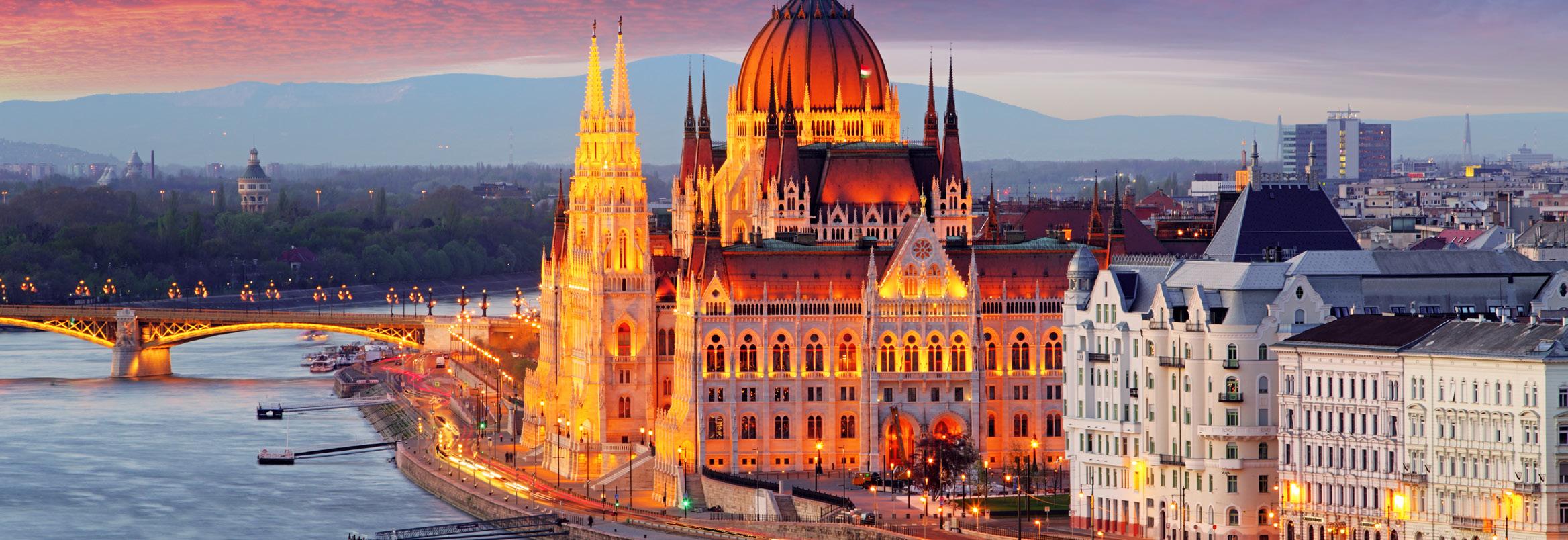
Day 17. Gorno - Rila - Sofia Today journey into the Rila Mountains, where you’ll visit the impressive Rila Monastery. Tucked away in a valley, this World Heritage-listed site is the largest and holiest of Bulgaria’s orthodox monasteries. It was founded in 927 to keep Bulgarian spiritual and social life alive during Turkish rule. The entire monastery complex is a work of art in itself - check out stunning murals, the 14th-century Hrelyo Tower, the five-domed Birth of the Blessed Virgin Church and the original 19th-century monastery kitchen. Then it’s on to Sofia. Bulgaria’s capital is a cosmopolitan city with wide tree-lined boulevards and pleasant parks. You’ve got the rest of the day to wander, so maybe begin with a browse around the cured meats and cheese of the Central Market Hall, then take a walk through the city and see the gold-domed Alexander Nevski Church. You might want to sate your cultural curiosity at the National History Museum, discover artefacts from the many empires of old that have occupied the city at the National Archaeological Museum, or get cultural at the National Art Gallery. In the evening why not meet for a last dinner with your group.
Day 18. Sofia - Homeland All good things come to an end, and this morning your adventure officially comes to a close. If you would like to extend your stay in Sofia we are able to book additional accommodation for you (subject to availability).
Services
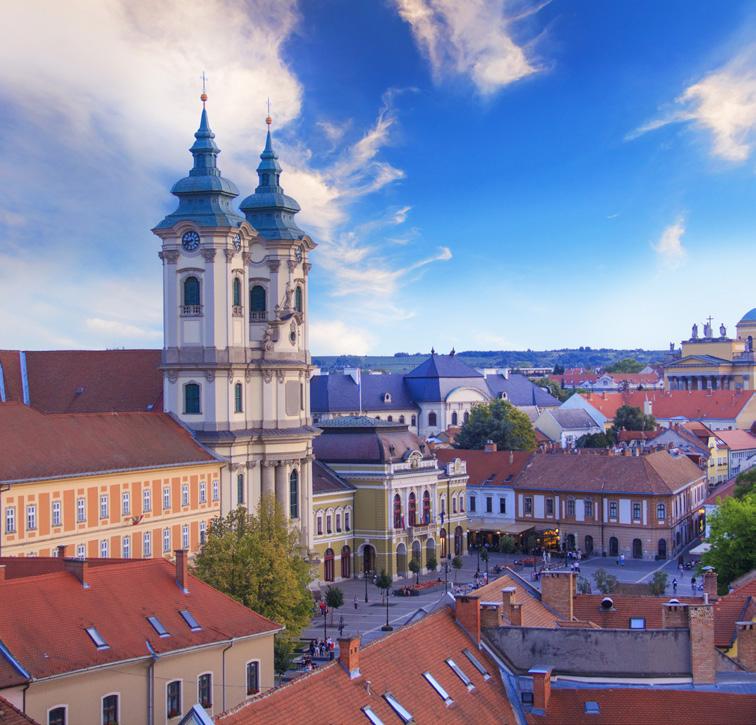
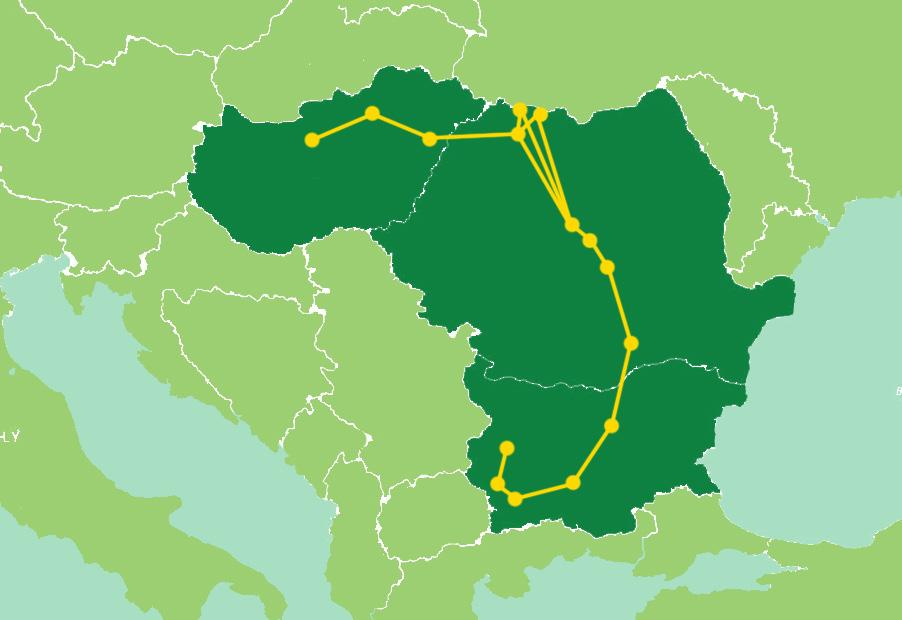
17 nights of accommodation in 4* Hotels with HB English speaking guide Bus/Mini-bus at your disposal 2 festive dinners 2 traditional dance and music show Wine tasting 1 SGL room free of charge for the foreign tour leader
Minimum of turists 10+1 15+1 20+1 25+1 30+1 35+1 40+1 45+1 Price per person (place in DBL/HB) 1075€ 920€ 840€ 795€ 760€ 740€ 720€ 705€ SGL Supplement 165€ 165€ 165€ 165€ 165€ 165€ 165€ 165€
17 Lunches Supplement 120€ 120€ 120€ 120€ 120€ 120€ 120€ 120€

